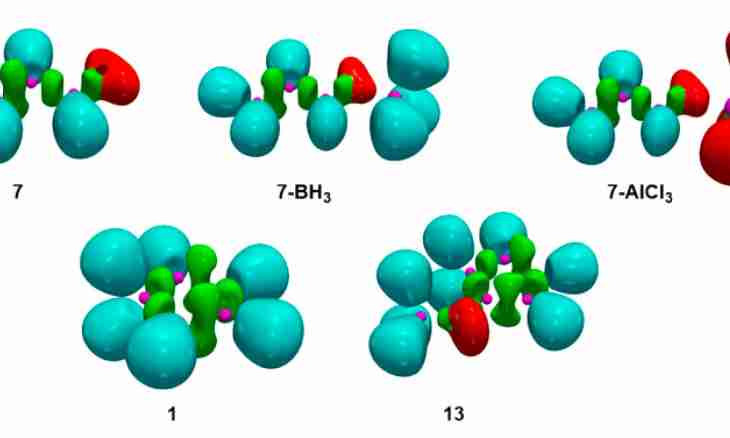Chemical reactions, that is interactions of substances which are followed by change of their structure can be described the molecular equations. Some can have a question: how to work out this molecular equation?
Instruction
1. Reaction has to be possible, that is its course is admissible in terms of well-known physical and chemical laws. For example: Zn + 2HCl = ZnCl2 + H2 is such reaction between zinc and hydrochloric acid is possible; 2Au + 6HCl = 2AuCl3 + 3H2 - and this reaction between gold and hydrochloric acid is impossible, though, zinc and gold – metals. The reason in arrangement of zinc and gold in "an electrochemical number of tension". Zinc is located much more more to the left of hydrogen, and gold, respectively, is much more right.
2. In the left member of equation formulas of the substances reacting ("initial substances"), and in the right member of equation – formulas of the substances which are turning out as a result of reaction ("products") register.
3. Though it is about the equations, it is necessary to remember well: the mathematical rule "From Change of the Places Composed the Sum Does Not Change" does not work here. In other words, in the molecular equation of chemical reaction it is impossible to interchange the position of the left and right part at all. From it its sense will absolutely change. For example: AgNO3 + KBr = KNO3 + AgBr (deposit) - reaction in such look can be written down, it proceeds up to the end as slightly soluble substance – bromic silver is formed; AgBr + KNO3 = AgNO3 + KBr - and here in such look (though you only traded places the left and right parts) it will not go.
4. Coefficients need to be picked up so that the amount of atoms of any element in the left and right parts was identical. For example: Na2SO4 + 2BaCl = 2NaCl + BaSO4. It is easily possible to make sure, as of left, and the right member of equation contains about two atoms of sodium, four atoms of oxygen, two atoms of barium, two atoms of chlorine and to one atom of sulfur.
5. That it was easier to work out the molecular equations of reactions, it is necessary to remember the simple rule at once: reaction goes all the way if at least one of products of reaction leaves a reactionary zone, that is disappears in the form of gas or drops out in a deposit if is slightly soluble substance. For example: H2SO4 + Na2CO3 = Na2SO4 + H2CO3.
6. The formed coal acid (H2CO3) so unstable that almost instantly decays on carbon dioxide and water. Therefore reaction can be written at once in a final form: H2SO4 + Na2CO3 = Na2SO4 + H2O + CO2.
